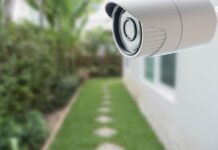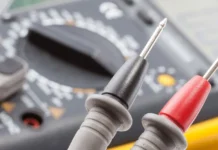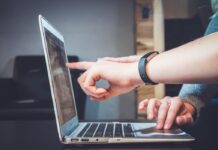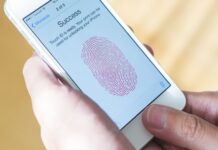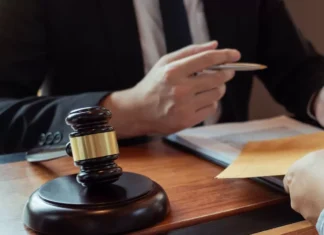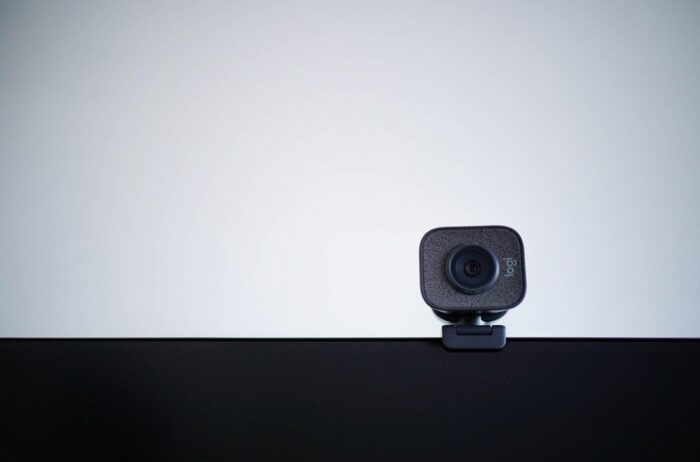
Computers have extremely expanded human capabilities in understanding the world, organizing the work process, communicating. A webcam and microphone played a significant role in that. But with the development of technology and insertion into all areas of human life, there is a subtle threat. A hacker can access a microphone or webcam using one malware program and learn too much about the owner.
Webcameras are an integral part of most modern laptops and are often installed in regular monitors. The cost of these devices allows you to just go to the store and buy one for yourself.
Some people need webcams at work: for conferences, meetings, or interviews. Others use cameras for study or leisure: they stream or organize video calls with friends. But it should be noted that your webcam can be in ‘active’ mode even when you don’t know about it. Let’s figure it out.
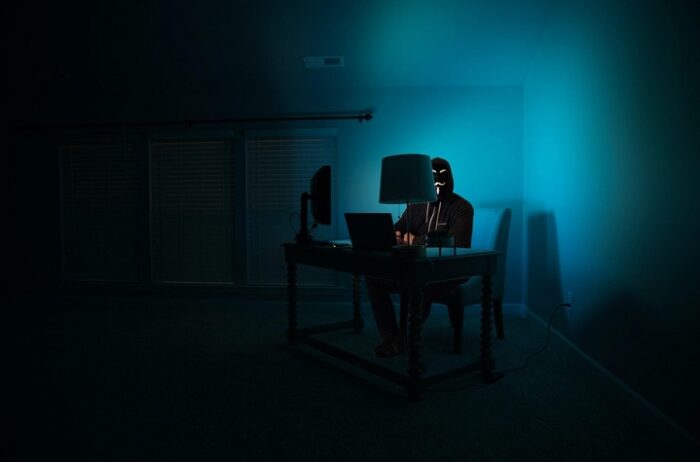
Is It Difficult To Hack The Webcam?
You can get access almost to everything, even WhatsApp can be hacked. Almost all hacks are users’ faults, who voluntarily open access to their devices. It’s impossible to control the webcam without a pre-installed program for remote access, which can be either point-based – only to the webcam, or full-fledged – to the entire system.
If you download suspicious software and open unfamiliar links, the risk of catching a virus is great. Here the principles of social engineering work perfectly as well. Users voluntarily allow strangers to install malicious software on their PCs or open access to the camera.
The hacker’s task is to install a special utility on your computer in order to gain access to your webcam or your computer data in the future.
How To Protect Your Webcam From Hacker Attacks?
With a few simple steps, you will be able to protect yourself from unwanted access by spies and all sorts of intruders. Read about them below.
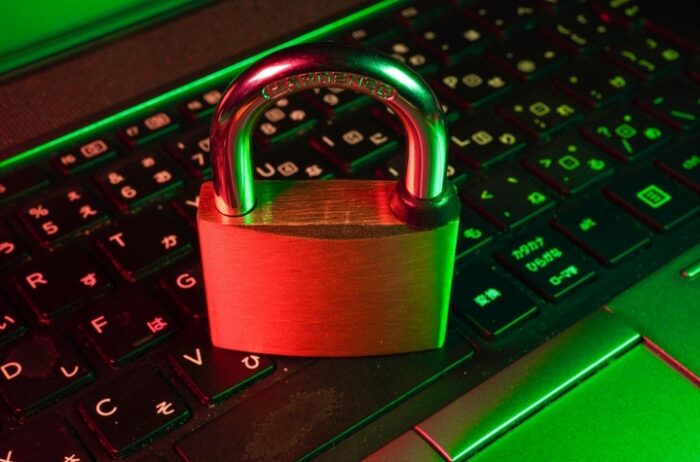
-
Install antivirus software
First of all, you need to constantly use antivirus so that attackers can’t get your information. The program must continuously monitor everything that is launched or downloaded. In addition, the choice of antivirus software should be based on its effectiveness, not cost. Even a simple free antivirus installation is enough.
Protect your webcam and computer with the best antivirus software and keep it up to date. The more secure your PC is, the less likely that spyware will ever get on it. Use a firewall to monitor background activity and unauthorized access to the system. Any antivirus software immediately identifies that somebody is trying to connect to the webcam remotely and displays a warning on the screen. It’s almost impossible to bypass this kind of protection.
-
Disable your webcam
If you don’t need the webcam at this very moment, disconnect it from the computer or simply cover it with something. Some laptop models even have “curtains” for the lens.
If you use a sticker to protect your camera, remember that the stickers leave marks and damage the optics. Therefore, if you still want to physically close the camera, try to find special privacy covers that, if necessary, you can easily slide to the side.
Remember that covers don’t protect against voice recording from the microphone and, finally, against espionage in those moments when you decide to use the webcam. Security solutions, protected software, the functions of which allow you to control the creation of new audio streams and block unauthorized activation of the camera, will help you in these situations and protect against other threats as well.
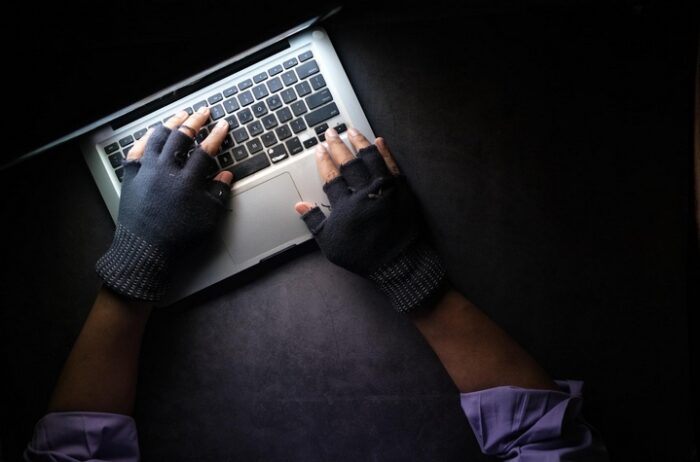
-
Use protected software
Use only protected software and screen recorder Movavi so as not to deal with malware problems in the future. Furthermore, don’t forget to update your operating system. New updates fix security holes in the system. So it should always be up to date.
From time to time, any OS contains bugs and exploits that make hackers’ lives easier. Developers fix the situation in updates, so don’t be lazy to download them. As statistics show, users of older operating system versions are most often susceptible to hacker attacks.
-
Set a strong and unique password
Protect your webcam with a password. When installing the camera based on the IP address, you usually need to enter the default password. It definitely needs to be changed. Use strong and unique passwords for each account: a password manager can help you remember them and prevent any confusion.
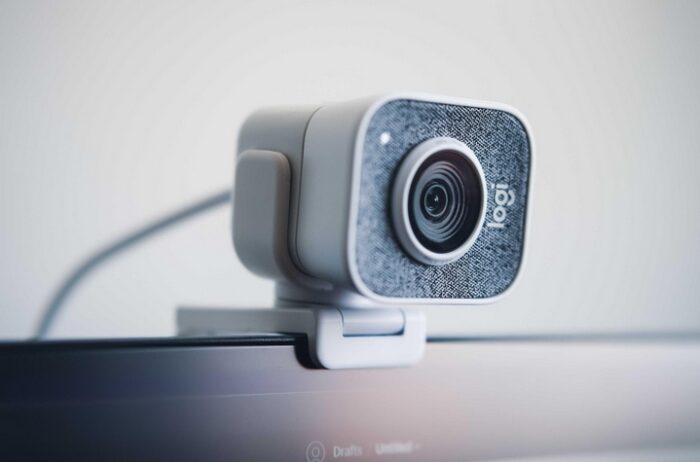
-
Don’t open suspicious links
Don’t open links from emails, especially if the sender is unknown. Don’t click on links on the web that seem suspicious. There are lots of scammers in instant messengers, e-mails, and social networks who regularly spread malware links.
Even if a friend sends you a link with a request to watch or download something, make sure that it’s your friend. There is a great risk of catching a malicious program that can get to your webcam. Therefore, ask your friend a clarifying question once again and use only protected mail and software.
-
Update webcam drivers
Keep your webcam software and drivers up to date. To do this, go to the camera developer’s website and make sure you have the most current firmware version installed.
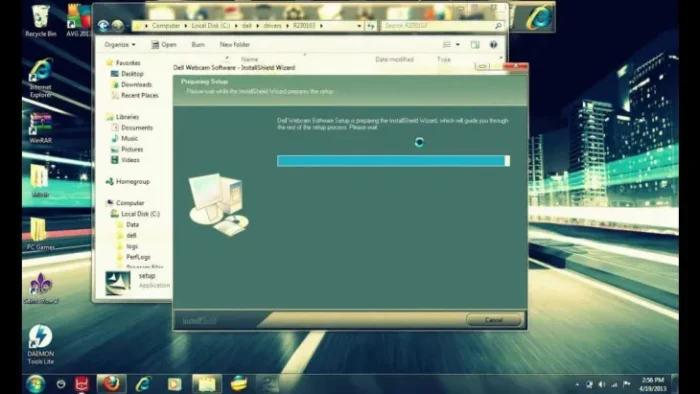
-
Turn on LED identification
A small red/green/blue indicator next to the lens shows if the video is currently being recorded. When the camera is not working, the indicator should be off. If the light is flashing and you are not using the camera, it means someone else has access to your device.
If blinking occurs continuously, your web camera is recording a video. In both cases, the device is most likely under external control.
Sometimes the indicator stops working due to a technical issue, and the owner doesn’t care about fixing it. Keep in mind that the non-working indicator increases the risk of using the device without your knowledge, and you won’t notice anything suspicious.
On the one hand, the webcam is one of the most common and essential devices that can be used for a variety of tasks. On the other hand, this device poses the most serious threat to your privacy. If an attacker gains access to your webcam and starts spying on you, you can get into a lot of trouble.
Moreover, remember that none of the methods are 100% secure. A hacker can bypass any protection except the privacy cover with a particular approach. But a question with sound is raised.
Malicious code is written to inject its settings into the system and enable disabled devices. So even a complete shutdown won’t protect the user. The main thing is to identify problems with the webcam in time and take measures to eliminate them (not ignore). We wish you all the best and be careful!


